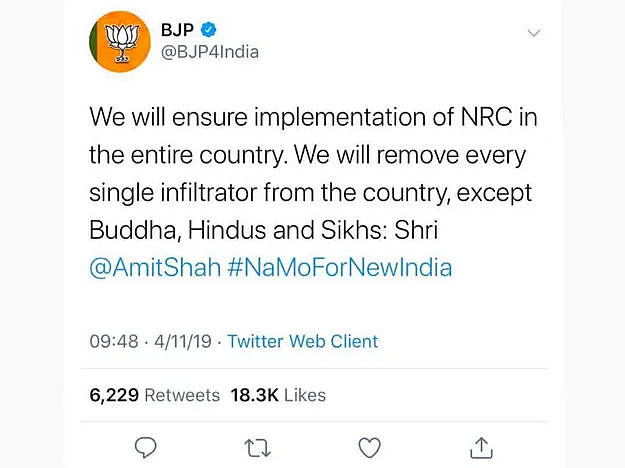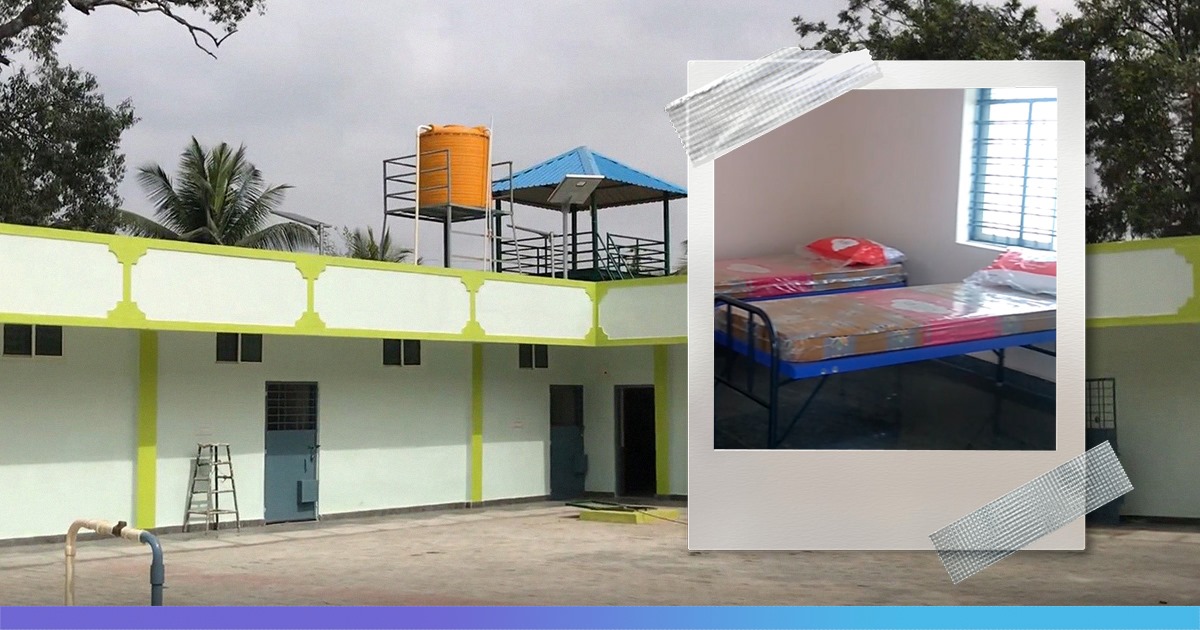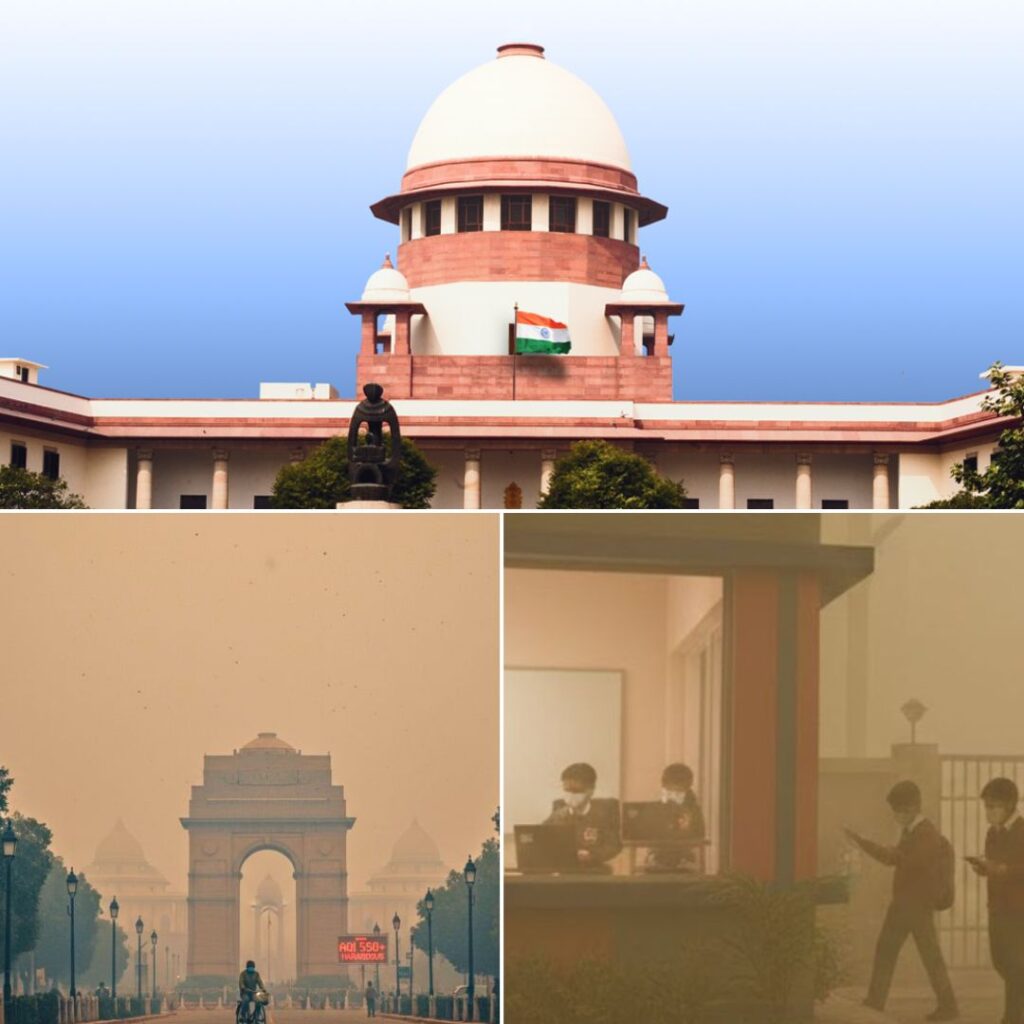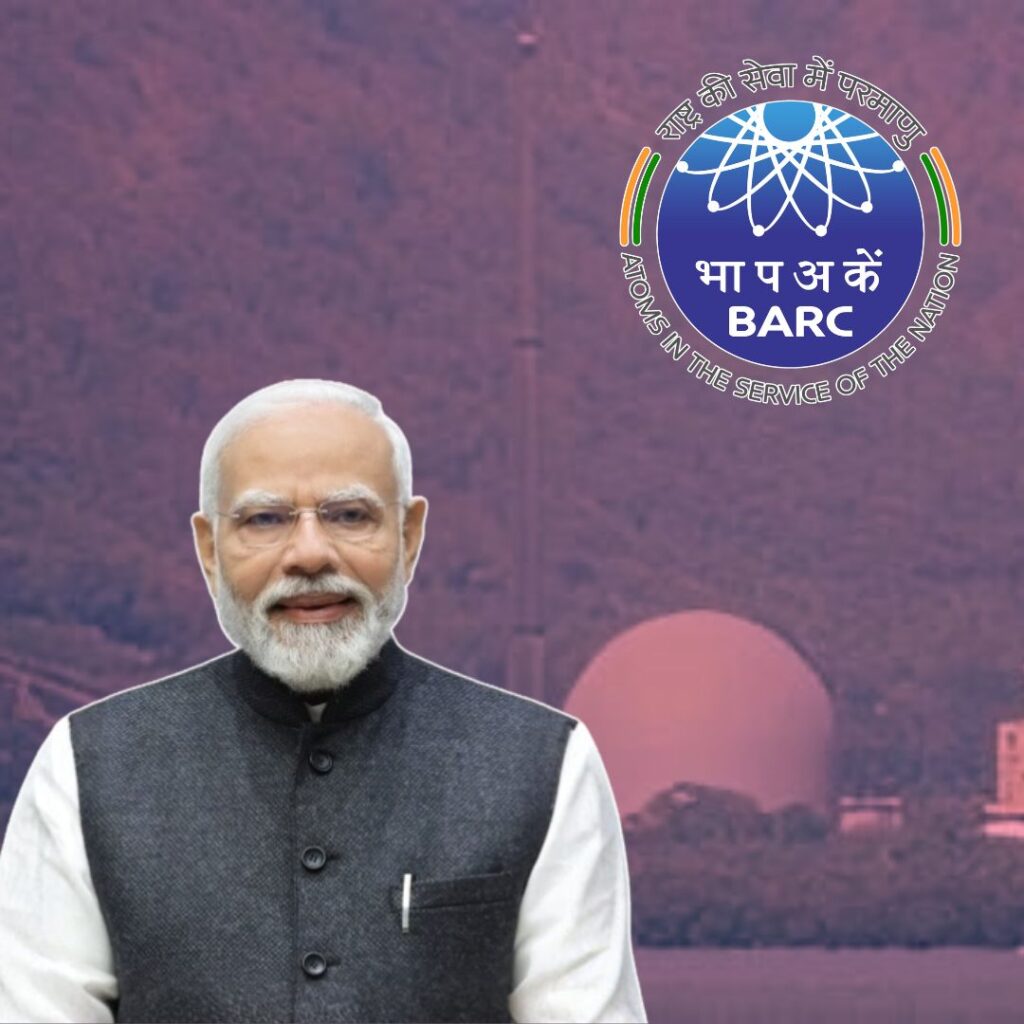Around 40 km north of Bengaluru sits South India’s first detention centre, in the quiet village of Sondekoppa in Nelamangala, Karnataka. The picturesque village falls under the Bangalore North Taluk and is populated with Kannadiga Hindus, Muslims, Lingayats and some from other Indian states.
The detention centre dubbed a ‘foreigners’ restriction movement centre’, existed as a schoolboys’ hostel before the JDS-Congress government assumed power in the state in 2018.
The building was originally built and operated as a hostel in 1992 for students from socially-underprivileged classes by the social welfare department. But after the number of the students lodged in the hostel consistently decreased, it was closed in 2008.
The original structure was refurbished last year with two additional watchtowers, tall walls, barbed fencing, concertina wiring and security around the borders of the centre.



It is expected to be fully functional in January next year and according to Amar Kumar Pandey, Additional Director General of Police (law and order), all decks have been cleared for the detention centre.
However, ahead of Delhi’s legislative assembly elections, Prime Minister Narendra Modi on 22nd December addressed a large gathering in Ramlila Maidan and stated that there were ‘no detention centres’ in the country.
Prime Minister’s statement not only contradicted the Union Home Minister Amit Shah’s repeated assertions over implementing a nationwide NRC and removing ‘termites’ from Indian soil but was also a glaring lie in the face of the nation.

A continuous volley of media reports and physical evidence prove that the central government is building India’s largest detention centre, 22 km from Guwahati in Assam, which can reportedly house 3,000 detainees. While the massive camp is nearing its construction, authorities in Assam are using district jails as operational detention centres in Dibrugarh, Silchar, Tezpur, Jorhat, Kokrajhar and Goalpara.
In Bengaluru, the centre stands to look new and shines of fresh paint. Apart from having proper cots and mattresses in the cells, there is a small patch of a manicured lawn that will serve as a view for the detainees.


An underground water tank with an installed motor along with a kitchen and common bathroom are some of the detention centre’s surprising features.
It is slightly confusing to see the government make facilities such as 24/7 water supply, organised sanitation, new pillows and mattresses available to the detainees who will soon crowd the cells, as elsewhere in the country illegal immigrants have been put in jails – making no distinction between the treatment of a foreigner and a criminal, in jail.
But this isn’t due to the state government’s grace but the Supreme Court guidelines issued in response to an interlocutory application filed by a Guwahati-based NGO and a petition filed by social activist Harsh Mander that the Karnataka authorities have made this detention centre look closer to a ‘movement restriction centre’ and not a jail.
Since several human rights activists cried foul over the deplorable living conditions of the detainees in Assam, the Ministry of Home Affairs (MHA) issued guidelines to all states and union territories that mandated them to build detention camps in accordance with a few rules – to ‘maintain standards of living for inmates, in consonance with “human dignity”’.
Therefore the detention centre in Karnataka, that is also South India’s first, is finished in line with the central government’s directions.
The local warden who was wary of his involvement with the media told The Logical Indian on the condition of anonymity that all his colleagues – who are currently employed in the upkeep and maintenance of the site, have been kept in the dark over the exact purpose of it. “They will keep foreigners here. How and when, I do not know”, he said.
To reach the location, one has to penetrate deep into the village. It is inconspicuously placed and has a tiny mud road that makes the trail to the centre’s gate from the left of the main roadway.

Sharing a wall with Karnataka Electricity Board’s (KEB) power plant in Sondekoppa, the detention centre’s placement is hidden, and on a road less trodden by the villagers themselves.

When The Logical Indian tried to reach the location, none of the locals were aware of any such establishment apart from the fact that an old ‘social welfare’ building had been seeing some ‘activity’. On the basis of that, we were guided through the bylanes of Sondekoppa, helping us finally reach the detention centre.
A patrolling party of constables were immediately on their guard as they prevented our entry into the centre. We were asked if we were Indians and after emailing our Aadhar cards to their mail addresses and making a few phone calls to the higher authorities overlooking the detention centre, we were allowed inside.
Most of the villagers in the taluk are completely oblivious to the existence of such a structure, while some have the hint of it being a ‘mini-jail’.
Mamatha, a gram panchayat member, told us that the gram panchayat has been kept at a distance by the state and centre, and they have very minimal knowledge about the place.
“We were told that they have sanctioned 1.5 crore rupees for the re-purposing of the hostel. How much of it has been put to use and by whom, are questions we have no answers to,” she said.
Mirza, the son of a local peer who runs a medieval Sufi-like dargah in the hamlet said that he did not know much but was slightly aware of the developments taking in his homeland. “They have built something here related to the NRC. I have only heard of NRC through the television and do not have enough knowledge about it”, he said.
In the gram panchayat office, the employees and clerks began to crane their necks, looking for an answer to our questions over the establishment and one worker even tried to search for the file about the detention centre. His efforts had no avail and none of those present in the office had anything concrete to say apart from their resounding agreement over the fact that these developments in the village are being done at the behest of the Central government in cohorts with the state’s Home ministry.
An old woman, in her early 80s, had no idea about the National Register of Citizens. The concept of ‘foreigners’ illegally immigrating or overstaying was alien to her and she could only relate the word ‘foreigner’ with the non-local, non-Kannadiga daily wage labourers who were at their workplaces at that time of the day.
“If you are looking for foreigners, you won’t find any of them now. They are at work and not home”, Ramakka told us.
Mamatha referred our queries to one of her neighbours who rushed to help us with all the information he had collected. In spite of being a part of the village council, she had limited information and needed her lawyer-neighbour to disseminate the details. “These people from Bihar and Orissa will be kept in those cells”, he said.
Quickly disagreeing to her neighbour’s statement, Mamatha told us that the detention centre wasn’t for Biharis or Odia people but for foreign nationals who commit ‘a lot of crimes’ in the state. When asked which countries these criminal foreigners came from, she said: “America… Dubai…” and was confused over the exact origin of the ‘criminal foreigners’ she claimed to be worried about.
“The villagers are however scared about this centre. If detainees are to be kept there, the distance between our office (gram panchayat) and the detention centre is not much. They can easily escape and come into the village”, she added.
Even though the centre has been created as per the order of the MHA, the guidelines for the use of the centre are still unknown.
The main conundrum for authorities is to determine who can be detained in this facility as three categories of people are declared foreigners by the Bureau of Immigration: those registered with the office with an expired visa, those who are not registered with the office and have overstayed in Bengaluru, and those involved in criminal cases and facing deportation after court proceedings are completed.
This centre is planned to be used for the next five years by the Home Department and the Foreigner Regional Registration Offices (FRRO) under the Bureau of Immigration, which is in the process of compiling a preliminary list of illegal immigrants, The News Minute reported.
Interestingly, the Karnataka government on the 19th December informed the high court that 35 potential temporary detention centres have been zeroed on across the state to house illegal immigrants.
The Karnataka High Court also verbally observed that these foreigners should be settled and properly taken care of in detention centres.
Even as the Indian Prime Minister has denied explicitly that his government has no hard plan of a nationwide NRC, the Bharatiya Janata Party, through Twitter, and the Union Home Minister have reiterated their intentions too many times.

When the BJP-led Karnataka government won the recent by-polls, Chief Minister Yeddiyurappa declared that they will implement the NRC in the state and “every decision of the centre is their decision too.”
On October 4th, Basavaraj Bommai said: “We, the government, have started the preliminary exercise to prepare the ground to introduce NRC in Karnataka by collecting necessary information about illegal immigrants. After this, we’ll discuss it with Union Home Minister Amit Shah and take a final call in a week or two.”
His statement suggests that an exercise in Bengaluru to identify illegal immigrants is work in progress. Currently, it is unclear if all identified illegal immigrants will be detained in the facility in Nelamangala since the maintenance staff there says that the centre’s capacity is only for 15 people. But according to the Bureau of Immigration, at least few of them will be detained there on a case-by-case basis.
Also Read: Curious Case Of ‘Misleading’ FAQ Document On CAA & NRC











